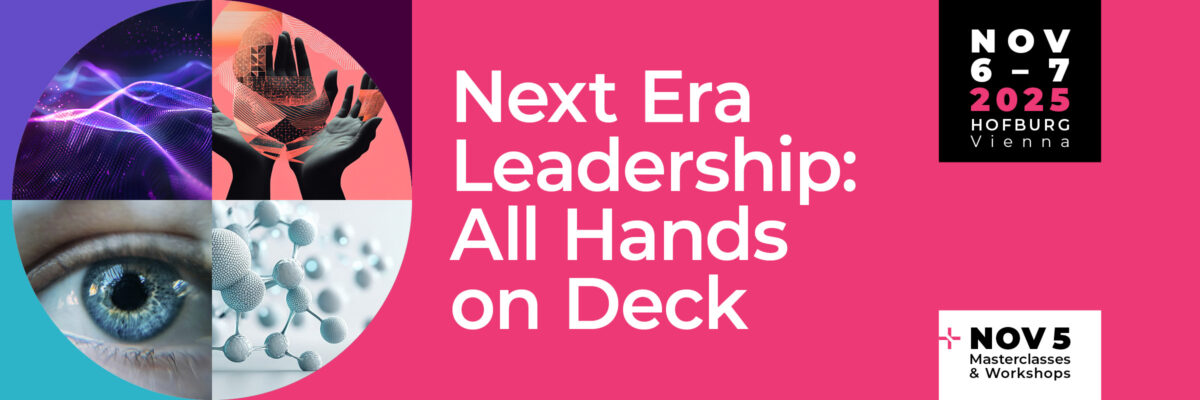
Cultural anthropology is one of the least recognised – and most derided – academic disciplines today. No wonder: if non-academics know what the word means, they tend to view it as the academic version of Indiana Jones, namely a department where intrepid academics travel to weird places, to understand what it means to be human, by studying “exotic’ cultures. It does not seem to have much value in the modern business world, markets or C-suite.
But after a career spent in financial journalism, after a PhD in anthropology, I passionately believe that this vision of anthropology is quite wrong; it is one of the best tools that exist to help you make sense of the modern world, particularly at a time of accelerating tech innovation and profound social and political change.
One reason is that 21st century anthropologists now study Western societies as much as non-Western ones, in companies, government Institutions, non-profit groups – and everything in between. Microsoft, to name one example, is a big employer of anthropologists, who are studying the interface of tech and culture.
The other issue is that the core methodological journey that anthropologists use can be copied by anyone. This essentially has three core components. The first is a desire to “make the strange familiar”, to use the anthropological tag – meaning that anthropologists deliberately like to immerse themselves in the lives and minds of people who seem alien to them, in order to appreciate why these different mindsets exist and how they can be valuable. This teaches humility and promotes better understanding of others, which is essential in a globalized world.
However, the second stage of this journey involves going beyond just trying to understand the “other” – or someone who seems alien – and entails using that lens to look back at yourself, too. Anthropologists call this second step “making the familiar strange”, or stepping back from what seems familiar to see it with fresh eyes, as if you were an alien. This is crucial since a “fish cannot see water”, as the Chinese proverb says, meaning that nobody can understand the world they live in if they only ever swim in those waters; getting an insider-outsider perspective enables us to look at ourselves objectively.
That leads to.a third step: using an insider-outsider vision to look at the half-hidden assumptions that we normally ignore because they are so familiar. Anthropologists sometimes call this listening to “social silence`’ – or studying the issues we never talk about, not just noise. This is crucial for making sense of how any company or office or other enterprise works. Indeed, I would argue that failing to hear social silence is one of the biggest mistakes that a manager can make, since what we don’t talk about is often far more important than what we do.
To understand this, consider by way of one example what happened when some anthropologists worked at General Motors two decades ago. At that time, the company was trying to create a jointly designed car, after GM merged with the German Opel group, but the efforts kept going badly wrong. Initially the GM managers blamed this disaster on linguistic gaps, or engineering rows. But when the engineers engaged in classic “ethnography” in the company – or the process of quietly observing what people actually do, rather than just what they say – they realised the issue was more subtle and complex; different teams had different attitudes about what a “meeting” was supposed to do.
Most notably, some engineers turned up expecting meetings to be a place where decisions were made and/or imposed in a top-down manner. Others thought that meetings were a way of airing disagreements in a democratic manner. And still others viewed it as a rubber-stamping exercise with the decisions presumed to have been taken beforehand.
There is nothing inherently wrong with any of these assumptions; each can work in a different context. But in this case the engineers kept calling meetings to defuse the fight, without realising that since everyone assumed they knew what a meeting meant, they never realised they had widely differing ideas. The “noise” about the engineering differences was visible; the “silence” was the fact that nobody ever discussed what they expected from meetings in the first place. And that is just a tiny, somewhat trivial example of a much bigger problem.
So what can managers learn? One obvious point is to recognise that your way of looking at the world is just one approach, amid a multitude of perspectives, and we can all learn from each other. A second is to learn to listen to social silence, by focusing on what people do not talk about, as well as what they do. And the third big lesson is to acknowledge that problems in companies rarely arise because of any dastardly plot, deep conspiracy or malfeasance, but are down to that social silence. What is hidden in plain sight matters enormously – and somehow we have to start looking at what we don’t see, and listening to silence.
About the author:
Gillian Tett is Provost of King’s College, Cambridge, and columnist and chairman of the editorial board at The Financial Times

